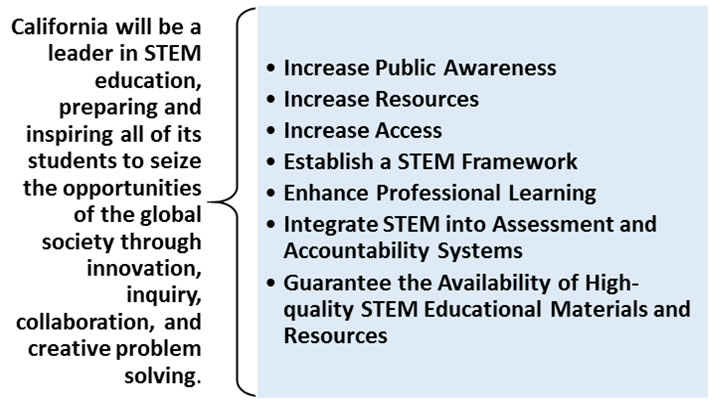
HISTORY:
previously Math, Engineering, Technology, and Science (METS) is the academic discipline of science, technology, engineering and mathematics. This term is typically used when addressing education policy and curriculum choices in schools to improve competitiveness in science and technology development. It has implications for workforce development, national security concerns and immigration policy.Education systems and schools play a central role in determining girls’ and boys’ interest in STEM subjects and in providing equal opportunities to access and benefit from quality STEM education.
The acronym arose in common use shortly after an interagency meeting science education held at the US National Science Foundation chaired by the then NSF director Rita Colwell. A director from the Office of Science division of Workforce Development for Teachers and Scientists, Peter Faletra, suggested the change from the older acronym METS to STEM. Colwell, expressing some dislike for the older acronym, responded by suggesting NSF to institute the change. One of the first NSF projects to use the acronym was STEMTEC, the Science, Technology, Engineering and Math Teacher Education Collaborative at the University of Massachusetts Amherst, which was funded in 1998.
EMTEC PT VIDEO
Defining STEM
STEM Education in California
To be successful, California’s efforts to improve schools and raise student achievement must include advancing our students’ understanding of STEM: science, technology, engineering, and mathematics. Through STEM education, students learn to become problem solvers, innovators, creators, and collaborators and go on to fill the critical pipeline of engineers, scientists, and innovators so essential to the future of California and the nation. The STEM Task Force calls upon policy makers, business leaders, philanthropists, educators, and all Californians to take the actions necessary to realize this future vision:
California leads the world in STEM education, inspiring and preparing all of its students to seize the opportunities of the global society through innovation, inquiry, collaboration, and creative problem solving.
The growth of jobs in California requiring STEM proficiency is on the rise. In California, there were approximately five people searching for every available job. Meanwhile, there were 1.5 STEM jobs available for every job seeker (Change the Equation, 2012).

Educators break STEM down into seven standards of practice (or skill sets) for educating science, technology, engineering, and mathematics students:
- Learn and apply content
- Integrate content
- Interpret and communicate information
- Engage in inquiry
- Engage in logical reasoning
- Collaborate as a team
- Apply technology appropriately
Supporting STEM learning
Working to achieve a world-leading education for all young people in science, technology, engineering and mathematics (STEM)
Resources
Thousands of curriculum-linked, quality-assured STEM teaching resources alongside materials produced by the STEM teaching community themselves.
CPD
Exciting and high impact, subject-specific continuing professional development (CPD) made affordable through a range of financial bursaries.
STEM Ambassadors
STEM Ambassador volunteers are enthusiastic and knowledgeable role models inspiring young people in the world of STEM.
Bursaries
With thanks to our partners we are delighted to offer financial bursaries for participation with our world-class CPD.
Working with us
We work with a range of partners and people to deliver the best possible offer to schools and colleges in the UK. If you are interested in working with us we would love to hear from you.
Impact and evaluation
Our impact evidence enables us to prove that our professional development has a direct impact on participants, the wider school or college, and ultimately young people.
Links:
https://en.wikipedia.org/wiki/Science,_technology,_engineering,_and_mathematics
https://www.cde.ca.gov/pd/ca/sc/stemintrod.asp